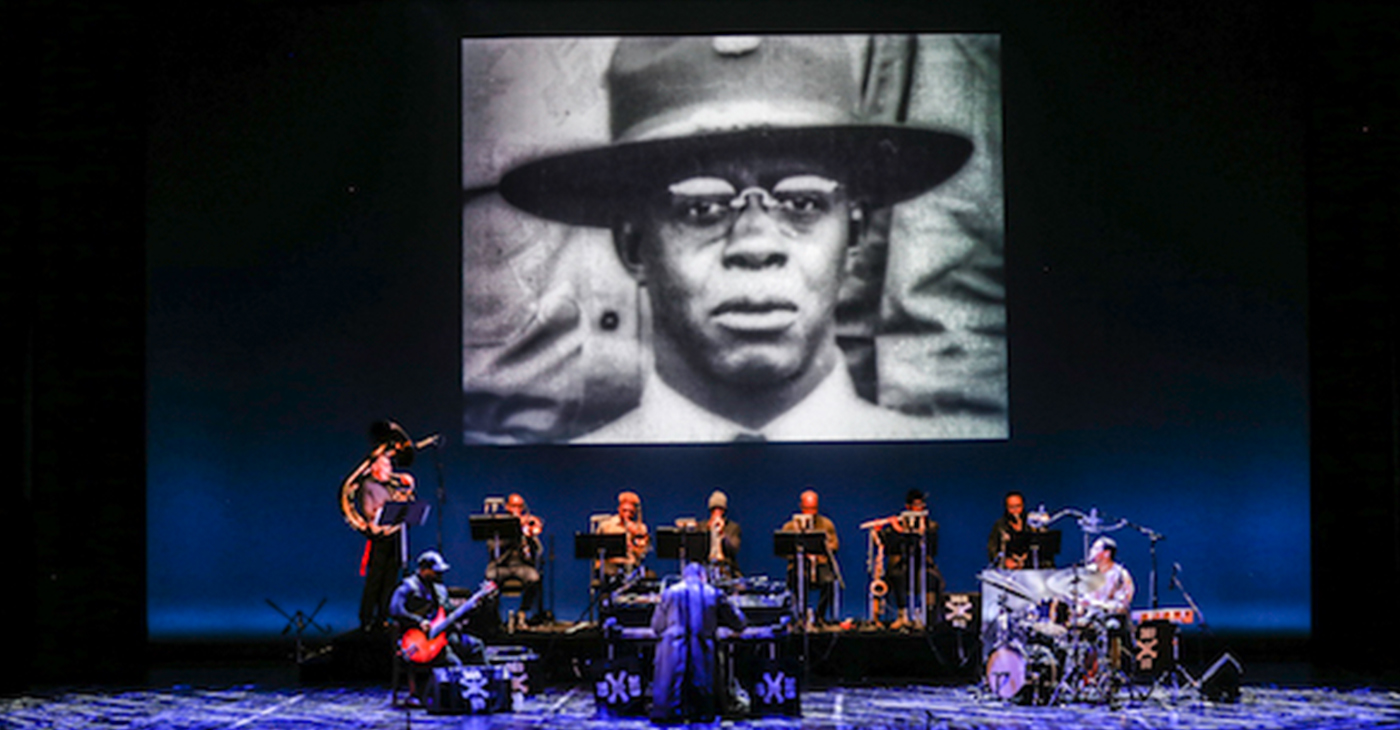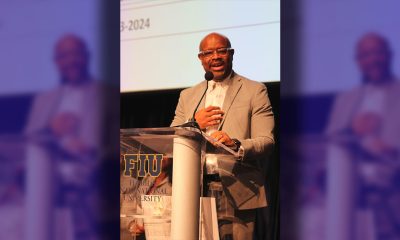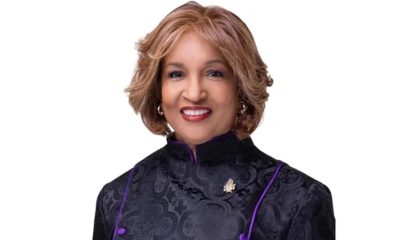Black History
James Reese Europe Honored at Kennedy Center Concert
WASHINGTON INFORMER — Europe was a man who lived and breathed music, and is credited with many firsts in African-American history.

If the name James Reese Europe doesn’t strike a familiar chord, you may not be alone. But Jason Moran, artistic director for jazz at the Kennedy Center for the Performing Arts, was determined to reintroduce and restore the name to its respectful and rightful place.
Europe was a man who lived and breathed music, and is credited with many firsts in African-American history. Born in 1880 in Mobile, Alabama, Europe moved north with his family to D.C. at an early age, attending Dunbar High School before moving to New York in 1904. That is where and when he began his life of important “firsts”:
He was the first African-American man to organize the Clef Club, which served both as a union and booking agency for musicians of color.
He was also the first Black man to play Carnegie Hall in 1912, where he and 125 other musicians of color took to the stage to resounding approval. In a bold and strategic move, the concert consisted of music by Black composers exclusively, including Henry T. Burleigh, John Rosamond Johnson and Will Marion Cook, along with his own compositions.
Unbeknownst to many except for die-hard jazz fans and aficionados, Europe was the author of the much-covered song, “Ballin’ the Jack.” He is also credited with injecting jazz with heavy syncopation, a technique jazz musicians follow to this day.
Just in light of those accomplishments, one might determine that Moran had enough stellar material to celebrate the musicality of this little-known man.
But there was more. In the early days of World War I, Europe enlisted to fight alongside French troops, first as part of New York’s 15th Regiment, and later he joined the legendary 369th Infantry, better known as the Harlem Hell Fighters, as German troops named them for their tenacity and ferocity on the battlefield.
During those days in the crux of the Jim Crow era, African-American soldiers were prohibited from fighting alongside their White American counterparts and instead were assigned to fight with allied troops from Europe.
Luckily, when his commander found out about the musicianship of Europe, who enlisted along with his Clef Club Orchestra bandmate, Noble Sissle, he enjoined the former to create a band that would keep morale high among the troops, and entertain the war-weary European citizens.
Through the act of assembling the Harlem Hell Fighters Band, Europe became the first man to introduce jazz to the European continent, where it is still revered and supported more than in the United States to this day.
“I’ve been trying to think about why he would really jump that far, to sign up,” said Moran, who has meticulously researched Europe’s music and life. “He has something to prove. This is maybe one generation after the Emancipation Proclamation is signed, so the notion of ‘freedom’ is still foggy.”
“And here we are with enough radical thinkers challenging the system, composers charging into the concert halls with real intention, and James Reese Europe and his men do the unimaginable as far as I am concerned,” Moran said. “They sign up to fight.”
Moran’s reverence for Europe was made obvious on Saturday at the Kennedy Center, where he began the evening with a Millennium Stage free concert introducing actual recordings of Europe’s band, playing Europe’s compositions solo and accompanied by young musicians from the 369th Experience, which reenacts the historical Harlem Hell Fighters, and showing period photos of Europe and his Clef Club Orchestra, as well as the Hell Fighters Band.
Historian Gene Alexander Peters brought artifacts from his collection, “The Gene Alexander Peters Collection of Rare and Historic African American Artifacts,” including a precious field bugle from a 369th Infantry soldier wrapped in leather and inscribed with the names of French towns the troops visited.
Other artifacts on display — including instruments from Europe’s band such as the banjolin, a hybrid invention crossing the African origin banjo with the mandolin, a European string instrument — were part of a pop-up exhibit on Europe that was assembled for that night in front of the Eisenhower Theater, the venue for the full concert.
With much aplomb, Moran’s piano led the band that accompanied him through original Europe compositions as well as those by other Black ragtime musicians, W.C. Handy and Shelton Brooks.
At times, Moran and band members improvised and abstracted the original tunes, but then returned to traditional renditions. A multimedia backdrop accompanied the concert, consisting of a special film component directed by John Akomfrah (“The March”) with cinematography by Oscar-nominated Bradford Young (“Selma,”“Arrival”).
When the Harlem Hell Fighters returned to New York, victorious after the Armistice in 1918, James Reese Europe and his African-American soldier colleagues were welcomed home as heroes as captured on film with the famous parade up New York’s 5th Avenue.
James Reese Europe would quickly capitalize on the fame garnered for his band in Europe and immediately set up a national tour for the Harlem Hell Fighters Band, only to have it come to a tragic conclusion.
As the band was ending its historical tour and had recorded a few 78s for Pathé Records, a label that Europe had recorded for prior to his enlistment, he was brutally murdered by a disgruntled drummer in the band.
James Reese Europe succumbed to the multiple stab wounds inflicted on him in May of 1919 at the young age of 39, nearly 100 years ago. But through Moran’s scholarship and determination to bring Europe’s accomplishments back to life, he is being credited today as the vanguard of jazz that he was.
The film footage from “The Absence of Ruin” captured images of Moran visiting the final resting place of James Reese Europe in Arlington National Cemetery, where Europe was laid to rest with full military honors.
“People don’t realize yet today what we lost when we lost Jim Europe,” legendary musician Eubie Blake was once quoted as saying. “He was the savior of Negro musicians. He was in a class with Booker T. Washington and Martin Luther King Jr.
“Before [Jim] Europe, Negro musicians were just like wandering minstrels. Play in a saloon and pass the hat. That’s it,” Blake said. “Before Jim, they weren’t even supposed to be human beings. Europe changed all that. He made a profession for us out of music. All of that we owe to Jim. If only people would realize it.”
Through Moran’s creation of “James Reese Europe and the Harlem Hell Fighters: The Absence of Ruin,” more people are now aware of the work of this renowned but seldom credited master of jazz, America’s original art form.
This article originally appeared in the Washington Informer.









































